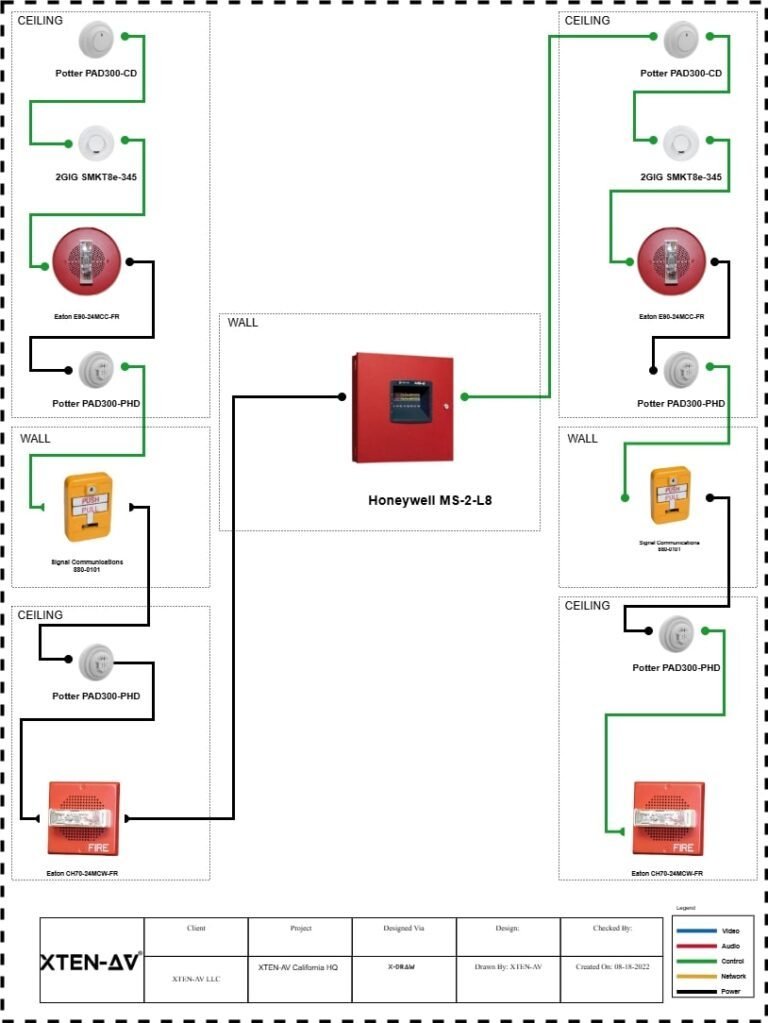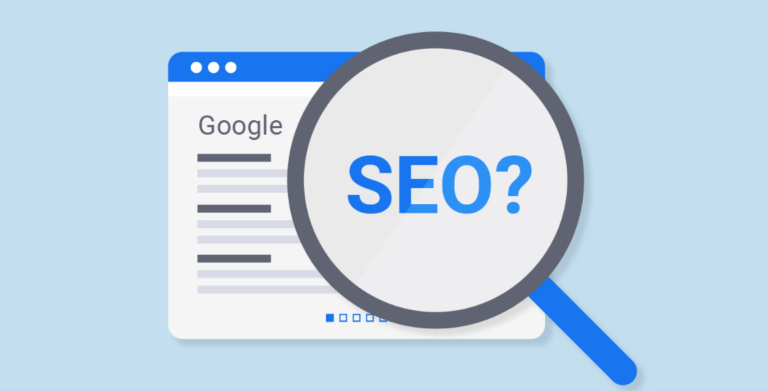Small businesses in Australia face unique challenges when competing in local markets. Effective local SEO (Search Engine Optimization) can help businesses connect with nearby customers and improve visibility on search engines like Google. This article outlines practical local SEO strategies tailored for Australian small businesses aiming to increase their presence in their communities and drive more foot traffic or online inquiries.
Importance of Local SEO for Australian Small Businesses
Local SEO targets searches with local intent, such as “cafes near me” or “plumbers in Sydney.” According to Google, 46% of all searches have local intent, and 78% of local mobile searches lead to an offline purchase. For Australian businesses, local SEO becomes critical in markets with high competition and geographically dispersed populations.
Small businesses that rank well in local search results tend to attract more customers, build trust, and generate higher revenue compared to those relying solely on traditional advertising.
Key Local SEO Strategies for Australian Small Businesses
Effective local SEO strategies help Australian small businesses improve online visibility and attract nearby customers. Many companies seek assistance from an SEO agency in Australia to develop and execute these strategies effectively.
1. Optimize Google Business Profile
Google Business Profile (GBP), formerly Google My Business, is a free tool that helps businesses manage their online presence across Google Search and Maps.
- Claim and verify your business listing to ensure accuracy.
- Include complete information such as business name, address, phone number (NAP), business hours, and website URL.
- Add high-quality photos of your storefront, products, and services.
- Encourage customers to leave reviews, then respond promptly and professionally.
- Regularly update posts and offers on the GBP dashboard to keep your profile active.
2. Consistent NAP Information Across Platforms
NAP (Name, Address, Phone Number) consistency is vital for local SEO rankings.
- Check your business details on local directories such as Yellow Pages Australia, True Local, and Yelp.
- Ensure your NAP is identical across all platforms, including your website, social media, and online listings.
- Use the same format for addresses (e.g., “St” vs. “Street”) to avoid confusion for search engines.
3. Local Keyword Research and Usage
Use keywords that reflect your location and the services or products you offer.
- Include city or suburb names alongside primary keywords (e.g., “Brisbane coffee shop”).
- Use tools like Google Keyword Planner or local SEO tools to find relevant search terms with high local search volume.
- Incorporate these keywords naturally in titles, meta descriptions, headers, and website content.
4. Create Location-Specific Pages
If your business serves multiple locations, create dedicated pages for each area.
- Each page should have unique content relevant to the specific location.
- Include local landmarks or community events to make pages more relevant.
- Add local customer testimonials or case studies.
5. Build Local Citations and Backlinks
Local citations are mentions of your business on other websites, which help verify your business legitimacy.
- Submit your business to trusted Australian business directories such as True Local, StartLocal, and Hotfrog Australia.
- Seek backlinks from local newspapers, blogs, chambers of commerce, and community websites.
- Participate in local events or sponsor community projects to generate mentions and links.
6. Mobile-Friendly Website Design
The majority of local searches occur on mobile devices.
- Ensure your website loads quickly and adjusts seamlessly to various screen sizes.
- Use clear calls to action, such as “Call Now” or “Get Directions.”
- Implement click-to-call buttons and easy navigation.
7. Use Structured Data Markup
Structured data (schema markup) helps search engines better understand your business information.
- Add the Local Business schema to your website, including your business name, address, phone number, and operating hours.
- Structured data can improve your chances of appearing in rich snippets or Google’s Local Pack.
8. Focus on Reviews and Reputation Management
Online reviews impact customer decisions and local rankings.
- Ask satisfied customers to leave reviews on Google, Facebook, and other relevant platforms.
- Monitor reviews regularly and respond to both positive and negative feedback professionally.
- Avoid fake reviews or incentivizing customers, as this can harm your ranking.
9. Engage with Social Media Locally
Social media presence supports local SEO efforts indirectly by driving traffic and engagement.
- Use platforms popular in Australia such as Facebook, Instagram, and LinkedIn to share local news, promotions, and events.
- Tag your location in posts and encourage check-ins.
- Join local groups or forums to increase your business visibility within the community.
Local SEO Challenges in Australia
Australian small businesses may face certain challenges related to local SEO:
- Geographic dispersion: Australia’s population is spread across large areas, so targeting multiple locations requires careful planning.
- Competition in metro areas: Cities like Sydney and Melbourne have dense business landscapes, requiring sharper SEO strategies.
- Language and slang: Using local terminology and expressions in content can improve connection with the local audience but requires accuracy.
- Data accuracy: Ensuring consistent and updated information is key due to frequent changes in business details.
Measuring Local SEO Success
Small businesses should track performance regularly to evaluate the impact of local SEO efforts.
Key metrics include:
- Local search rankings: Monitor how your business ranks for local keywords.
- Google Business Profile insights: Check views, clicks, and customer actions from your profile.
- Website traffic: Analyze traffic sources to identify local search visitors.
- Phone calls and direction requests:Use call tracking tools or Google’s metrics for inbound calls.
- Review quantity and quality: Track the number and sentiment of customer reviews over time.
Conclusion
Local SEO presents a valuable opportunity for Australian small businesses to grow by attracting nearby customers through online search. Many businesses consider SEO services prices in Australia when planning their marketing budgets. Focusing on accurate business information, local keywords, Google Business Profile optimization, and community engagement can improve visibility and reputation in local markets. Regular monitoring and adapting strategies to reflect changes in search behavior will help maintain a competitive edge and support steady business growth.





























































































































































































































































































































































































































































































